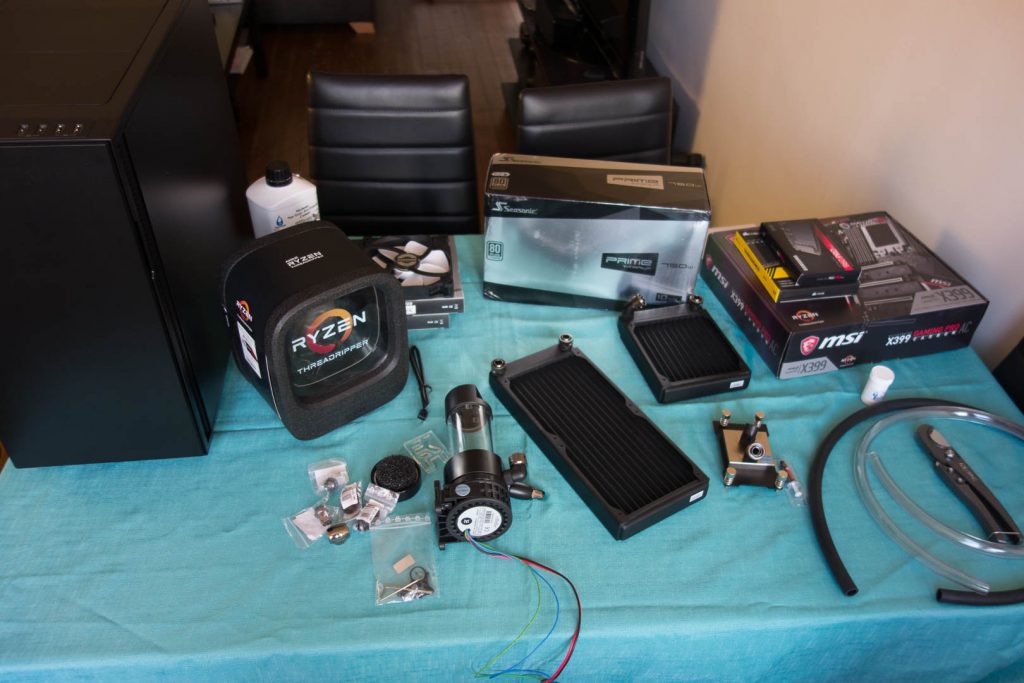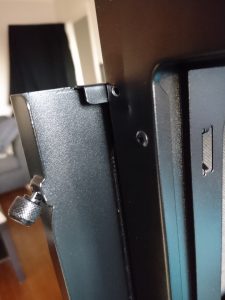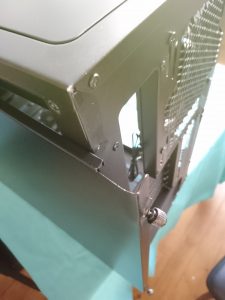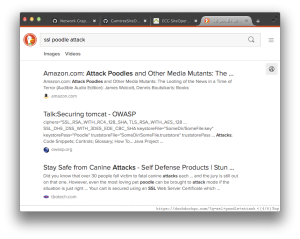If you’re reading this and don’t know me personally, you’re probably aware that Crashplan decided to “sunset” their Crashplan Home offering on August 22nd last year. No new subscriptions are being taken, and it will cease to exist from August 2018. Unfortunately, my subscription expired in December.
I was hugely satisfied with Crashplan, and thought it was by far the best online cloud backup solution in the market for the average home user.
- It offered free peer-to-peer backups which meant I could backup my devices to my own server, or even trade encrypted backups with friends.
- The client to backup to your own devices was free, and the cost for online cloud backups was a very-reasonable $150 USD for 12-months of unlimited backup storage.
- By virtue of being written in Java, the client was available for Windows, Mac and Linux (I have all 3).
- It supported headless operation, albeit with a bit of jiggery-pokery, i.e. editing the client config file to point to another agent via an SSH tunnel. This meant I could run it on my home NAS device, which naturally stores my important data (Photos mainly).
- No limits on the number of devices that were backed up, or charges per-device.
Naturally, I was disappointed when they announced they were discontinuing it. “No worries!” I thought, there must be something else out there. As it turns out, Crashplan Home was almost too good to be true. Continue reading






